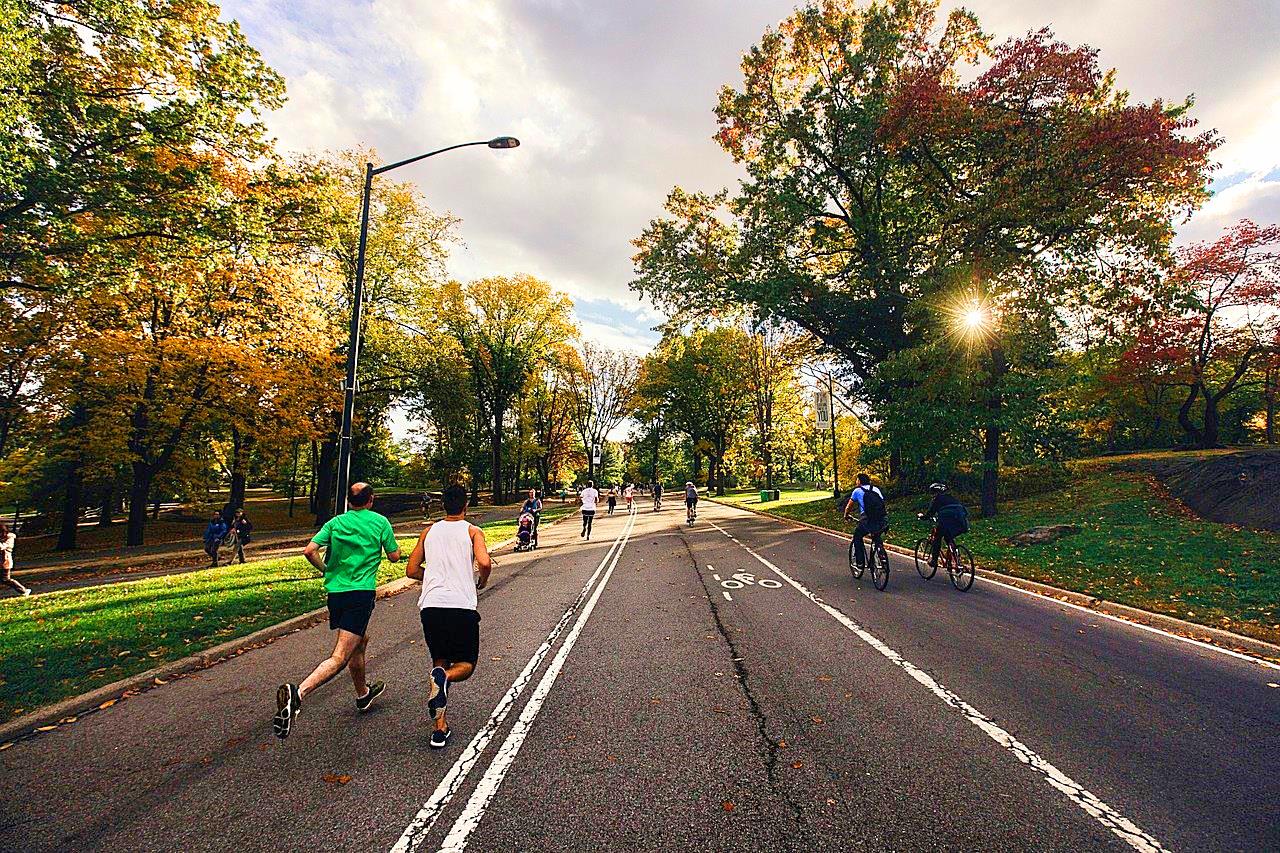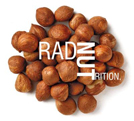We get asked a lot of questions about physical activity, what it does to our bodies and why we should engage in it. So we went straight to three expert exercise specialists from the Edmonton Southside Primary Care Network and asked them “why should I be active” and even more interesting, “why do YOU move?” This is what they had to say:

- “Physical activity is a one stop prevention pill” says Rhiannon Jacek. Physical activity protects the brain and body. Higher levels of activity are associated with decreased risk of heart disease, stroke, diabetes, cancer (such as breast, prostate, and colon cancer), osteoporosis, and overall death. When life events cause stress and anxiety, studies have shown that physical activity can help manage depression and mood. It may protect against dementia later in life (studies report up to 37-66% reduced risk of dementia); and if your 80’s are too far away, some research suggests that aerobic activity can boost the size of the hippocampus of the brain, an area involved in memory and learning!
- “It enables me to do the things I love” states Rhiannon. “I can explore and adventure without limits. I don’t have to worry that I won’t be able to do a hike, or go to a viewpoint, or jump out of a plane because the physical activity I do in my life allows me that. That’s the best part.” Weight-bearing activity is associated with increased bone mineral density and lower risk of hip fractures. The message is simple, if we are at lower risk of fracturing our hips, wrists, ankles or any damage to our bones, we are independent and stronger for longer.
- “It’s all about the fun factor” says Lisa Workman of whyimove.com. “It keeps me sane. Sometimes a 10 minute walk re-frames me and puts a smile back on my face. I’ve enjoyed many hard workouts but it always ends with a smile and sweat. Being with others when moving is key to my fun factor. Nothing beats the cheer of scoring a goal or making a basket. I feel like a kid when I get to play sports, jump on trampolines, climb stairs to the top of a water-slide, and hang out on the monkey bars. I’m that cyclists chasing you from behind for fun! It’s hard not to pass on my enthusiasm!” Activity can improve strength, self-confidence, stimulate human connection, and may even release internal opioid like factors in the brain which induce a euphoric state and reduce pain. We think that’s exactly what Lisa experiences every time she moves!
- “The body has a beautiful way to grow, change, and adapt to all sorts of things that we do to it” shares Tye Babb. “When we engage in aerobic physical activity, over time our bodies increase the capillary density in our skeletal muscles. What this means is that when we are more active, our body becomes better at forming additional routes of blood flow (new capillaries) to our working muscles.” Some studies have shown that in as little as 4 weeks, exercise training can activate vascular adaptation, form new capillaries, and increase the blood flow capacity of active muscles. For those with diabetes, more capillaries in the muscle can translate into better insulin function, improved blood sugar and possible modification of medication over time.
- “Regular activity creates ways for the body to recover more quickly and makes everyday tasks easier – partly because you get stronger and because blood reaches muscles (including the heart and lungs) easier, quicker and more efficiently than before” states Tye. He also shares “For me, the exciting part is if you get hurt somehow. If you’re in an accident, have heart problems, or a major health issue, when there are more “roads” (capillaries) for blood to get to an area of the body, even if some paths are cut off by inflammation or injury, the body can always find an alternate route to get nutrients where they need to go. This allows us to recover faster and with fewer negative long-term effects. If you don’t build those extra pathways first through regular aerobic activity, the body has to work harder to repair itself.” Studies show that enhanced musculoskeletal fitness is associated with independence, sustained bone health, improved quality of life, and a decreased risk of falls, illness, and premature death.
“Physical fitness is not only one of the most important keys to a healthy body, it is the basis of dynamic and creative intellectual activity” – John F. Kennedy
This body you have right now is the only body you get. Regardless of age, gender, ethnicity, shape, or size, we can transform the body into its best version by fueling it with nutrient-dense whole foods, resting and recharging with enough sleep, being connected with those we love, and choosing to live life actively.
A big special thank you to our brilliant colleagues who shared with us their time and expert opinions. Additionally, a big thank you to our student Meryn who contributed to research for this article.
References
http://www.bmj.com/content/354/bmj.i3857
http://www.ncbi.nlm.nih.gov/pmc/articles/PMC3505451/
http://www.ncbi.nlm.nih.gov/pmc/articles/PMC4321747/
http://www.health.harvard.edu/blog/regular-exercise-changes-brain-improve-memory-thinking-skills-201404097110
http://www.ncbi.nlm.nih.gov/pmc/articles/PMC3041121/
https://www.uptodate.com/contents/the-benefits-and-risks-of-exercise
http://archinte.jamanetwork.com/article.aspx?articleid=413815
http://www.ncbi.nlm.nih.gov/pmc/articles/PMC2654584/
http://csep.ca/CMFiles/Guidelines/CSEP_PAGuidelines_adults_en.pdf
http://care.diabetesjournals.org/content/37/5/1469
http://www.ncbi.nlm.nih.gov/pmc/articles/PMC3632802/
https://www.washingtonpost.com/lifestyle/wellness/how-long-does-it-take-to-get-out-of-shape/2015/04/14/1e37a764-dcbd-11e4-a500-1c5bb1d8ff6a_story.html?tid=a_inl
http://www.mayoclinic.org/healthy-lifestyle/fitness/in-depth/exercise/art-20048389
http://www.metabolismjournal.com/article/S0026-0495(05)00221-0/abstract?cc=y=
http://www.cmaj.ca/content/174/6/801.full.pdf+html
